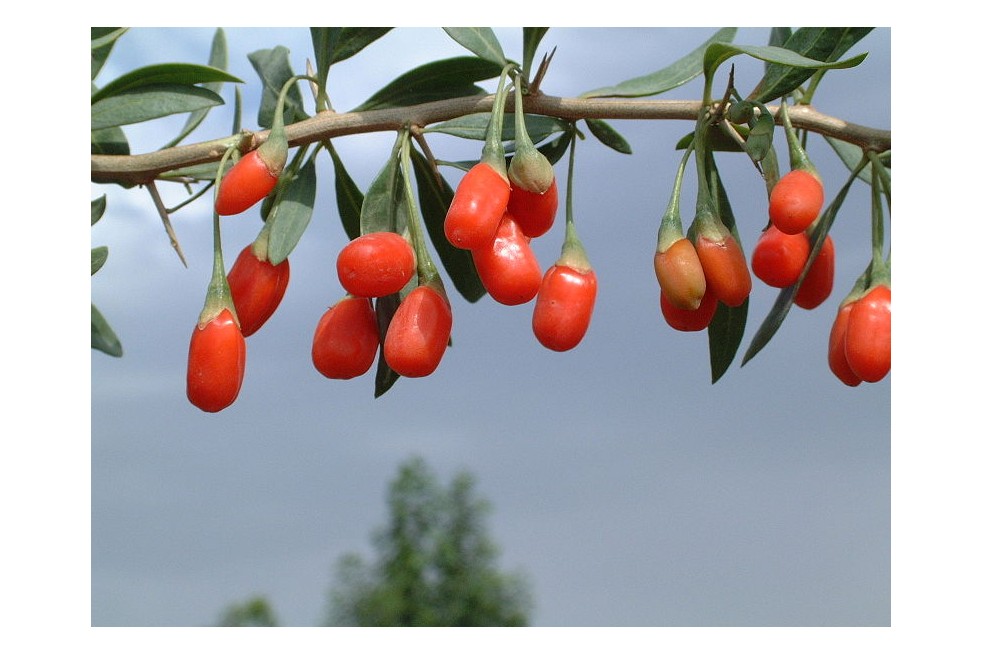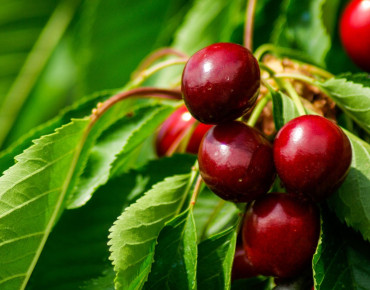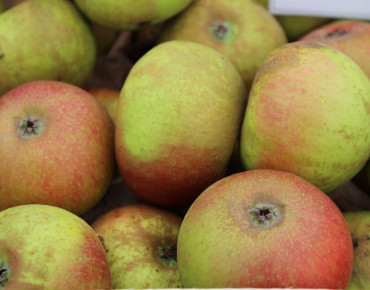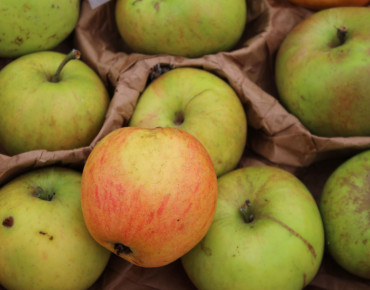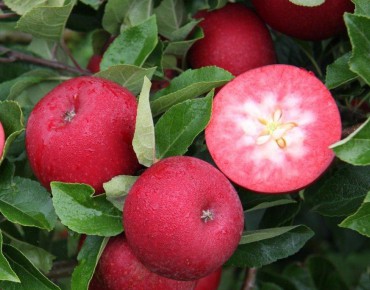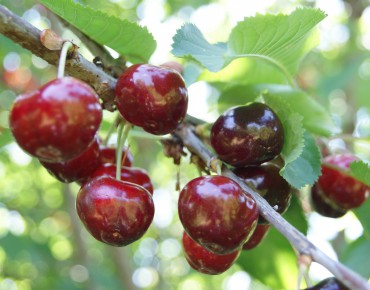Himalayan goji
Lycium barbarum
Description
The Himalayan goji is also called lyciet or Lycium barbarum by botanists in reference to Lycia, an ancient kingdom of Asia Minor. In this region, berries have been consumed for more than 3000 years, certain peoples consume lyciet berries on a daily basis, very rich in antioxidants among other things, their life expectancy is thought to far exceed 100 years, the secret of their exceptional longevity being held.
In our regions, being very hardy (beyond -20°C) the Himalayan goji adapts well, it is a small, undemanding shrub, 3 by 3 meters, to be grown in a pot or in the ground, in the garden, in a sunny place. Although it can get by in poor soil, it thrives much better in rich, moist, slightly acidic, but well-drained soil.
The Himalayan goji begins to fruit from its 2nd year, the small purple bell-shaped flowers appear continuously from June to September, they are bisexual and self-fertile, but cross-pollination with another subject nearby promotes quantity yield its small orange berries with pulpy flesh. The harvest of Himalayan goji berries takes place from the end of August until autumn, after picking, they can be consumed fresh, but generally, they are better appreciated dried, in this case, these miraculous little fruits are put to dry in a dry, well-ventilated place then stored in a jar to be consumed throughout the winter.
The growth of the Himalayan goji is quite rapid, it accepts being pruned without problem after fruiting.
Features
- Common name : Himalayan goji
- Family : Solanaceae
- Category : fruit tree
- Spread : 3M
- Foliage : deciduous
- Color of flowers : purple
- Fruit : orange-red berry, oblong. Slightly sweet.
- Harvest : august - october
- Use : Hedge - slopes - windbreak - orchard
- Soil : little fertile and well drained
- Habit : bushy
- Earth to use : universal potting soil/garden soil/compost
- Enemies : nothing to report
- Possible diseases : resistant to diseases
Expédition & livraison
How does the delivery work?
 As soon as you place your order your plants are selected
As soon as you place your order your plants are selected Each order is processed individually.
Each order is processed individually. Plants are packed, staked and labeled.
Plants are packed, staked and labeled. Packaging is carefully implemented to avoid any problems.
Packaging is carefully implemented to avoid any problems. Packages are ready to be shipped.
Packages are ready to be shipped.
Our delivery methods
Shipping of our plants throughout Europe (except overseas and islands).
Customer reviews

